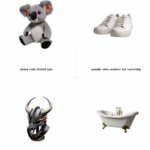Subnet 64
Chutes
Rayon Labs
The Serverless AI Compute subnet enables quick deployment, running, and scaling of AI models via API.

SN64 : Chutes
| Subnet | Description | Category | Company |
|---|---|---|---|
| SN64 : Chutes | General purpose compute | Compute Generative Al | Rayon Labs |



